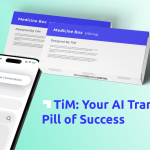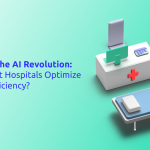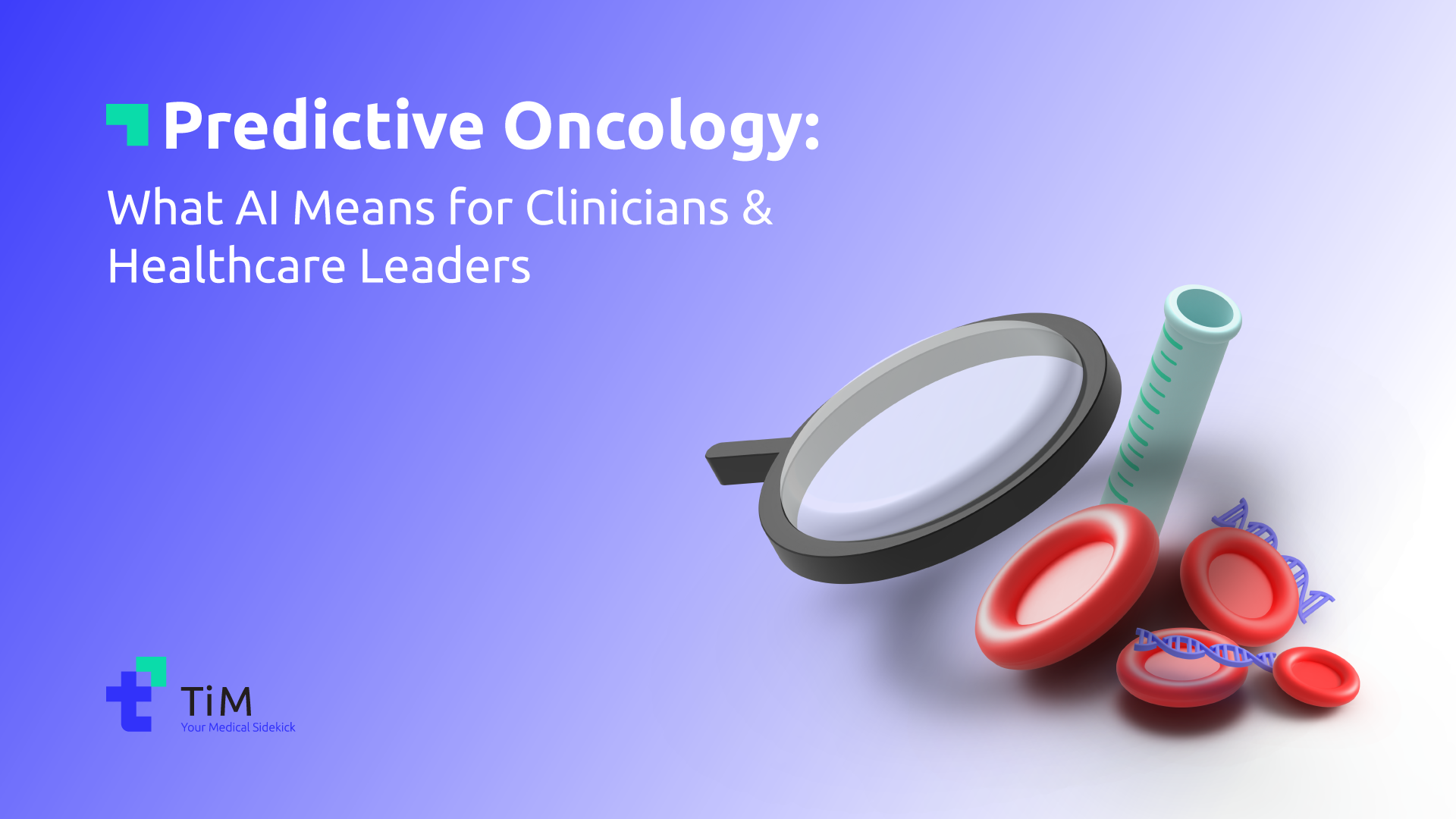
Tackling Medical Error Problem with Technology
September 29, 2025
How Leading Hospitals Are Using AI to Boost Efficiency and Patient Care
October 21, 2025
Predictive Oncology: What AI Means for Clinicians and Healthcare Leaders
Artificial intelligence (AI) is rapidly shifting oncology from retrospective description toward prospective prediction — not just answering “what happened” but helping clinicians ask “what will happen next?” Predictive models today can flag high-risk patients, forecast treatment response, and stratify prognosis in ways that were previously impossible at scale. These capabilities promise earlier intervention, better resource allocation, and more personalized care — but only when models are built, validated, and deployed responsibly.
What “cancer prediction” means in practice
When we talk about predicting cancer with AI we mean several distinct tasks: (a) identifying undetected cancers from images or labs (early detection), (b) estimating individual risk of developing cancer (risk prediction), (c) forecasting disease trajectory or survival (prognostication), and (d) predicting treatment response or adverse events (treatment selection). Models use diverse inputs — from mammograms and digital pathology slides to genomic panels, electronic health records (EHR) and patient-reported outcomes — and a mix of machine learning (ML) and deep learning techniques to generate probabilistic forecasts that clinicians can act on.
How these models are built (briefly)
At a high level, model development follows familiar steps: curate and preprocess data, select features, train models, and evaluate performance. Deep learning dominates imaging tasks (radiology/pathology), while gradient-boosted trees and regularized regressions are often used for tabular EHR and genomic data. Crucially, performance metrics (AUC, sensitivity, specificity, calibration) and validation strategy (cross-validation, temporal split, external validation) determine real-world usefulness more than raw accuracy numbers reported on internal test sets.
Why robust reporting and external validation matter
A recurring problem in published AI-oncology work is overstated performance based on internal or convenience datasets. For clinicians and decision-makers, the meaningful question is: “Will this model work on our patients?” That requires transparent reporting and external validation on geographically and temporally distinct cohorts. Reporting standards such as the updated TRIPOD+AI guidance exist to help researchers provide the methodological detail clinicians need to judge model reliability and bias. When these standards are followed, stakeholders can better evaluate readiness for clinical integration.
Real-world examples and emerging evidence
Global research and commercial examples show both promise and caution. Radiology and pathology AI systems have repeatedly demonstrated improvements in detection sensitivity and triage efficiency across multiple cancer types, and some oncology AI tools have now reached prospective clinical evaluation stages. Notably, regional teams are also active: for example, Iranian research groups and companies have developed AI systems for breast-cancer detection and diagnostic probes that have been reported in national press as demonstrating high accuracy — promising early steps that still require peer-reviewed validation and external testing.
A recent high-impact example from international collaborators showed an AI test that identifies which men with high-risk prostate cancer would benefit most from a specific drug, changing the predicted survival benefit for a subgroup and informing more targeted treatment decisions — a concrete instance where prediction directly altered therapeutic strategy. Such studies point to the near-term potential of predictive oncology to improve outcomes when models are rigorously validated in clinical trials.
Key challenges before clinical adoption
- Bias and generalisability. Models trained on narrowly defined datasets often fail on patients with different demographics, scanner types, or clinical workflows. External validation and fairness audits are essential.
- Explainability and clinician trust. Black-box predictions are hard to act on. Explainable AI (XAI) methods (saliency maps, feature-importance reports, counterfactuals) help clinicians understand model reasoning and improve acceptance and safety. Evidence shows XAI increases clinician trust when implemented thoughtfully.
- Regulatory and ethical oversight. Predictive tools that inform treatment or screening decisions must meet regulatory standards, demonstrate clinical benefit, and include risk-mitigation strategies for false positives/negatives.
- Integration and workflow. Real value comes when predictions integrate into clinical workflows (EHR alerts, tumor boards, MDTs) and are paired with actionable next steps, not standalone probabilities.
Monitoring after deployment. Model performance can drift as populations, imaging devices, or treatment paradigms change; continuous monitoring and re-calibration are necessary.
A practical evaluation checklist for clinicians & leaders
Before adopting or piloting a predictive oncology tool, evaluate it against these criteria:
- Intended use and decision point: What clinical decision will change because of the model?
- Data provenance and representativeness: Was the model trained on data similar to your patient population?
- Validation level: Does the model have external validation (geographic/temporal) or, better, prospective clinical evaluation? (See TRIPOD+AI for reporting expectations.)
- Performance metrics and calibration: Are sensitivity, specificity, AUC, and calibration plots reported? Are subgroup analyses available?
- Explainability artifacts: Does the vendor/research team provide interpretable outputs clinicians can review?
- Regulatory status and clinical evidence: Has the tool been cleared/approved where applicable, and is there evidence of clinical utility?
Integration & governance: How will the model be integrated, who owns monitoring, and what is the rollback plan for poor performance?
- Intended use and decision point: What clinical decision will change because of the model?
How a health-tech partner like TiM can help
At TiM we focus on bridging model outputs to clinical workflows: validating models on local datasets, implementing explainability layers suited for clinicians, and creating auditable pipelines for continual monitoring. For clinics exploring predictive oncology, TiM can run pilot validations, implement safe integration into EHR flows, and provide governance dashboards that show live model performance and fairness metrics — turning a promising algorithm into a practical clinical tool.
Realistic optimism
AI offers a transformative toolkit for predictive oncology: earlier detection, more precise prognostication, and smarter treatment allocation. But promise alone isn’t enough. Clinical impact depends on transparent methods, rigorous external validation, explainable outputs clinicians can trust, and careful deployment with continuous oversight. When those pieces come together, predictive models can move from research demos to real tools that improve patient outcomes — and health systems should prepare now by setting standards for evaluation, data governance, and multidisciplinary adoption.

